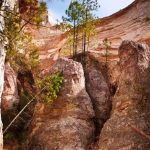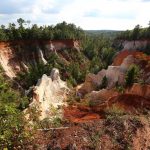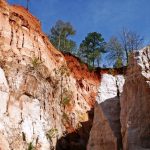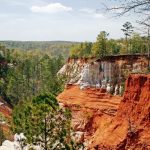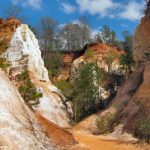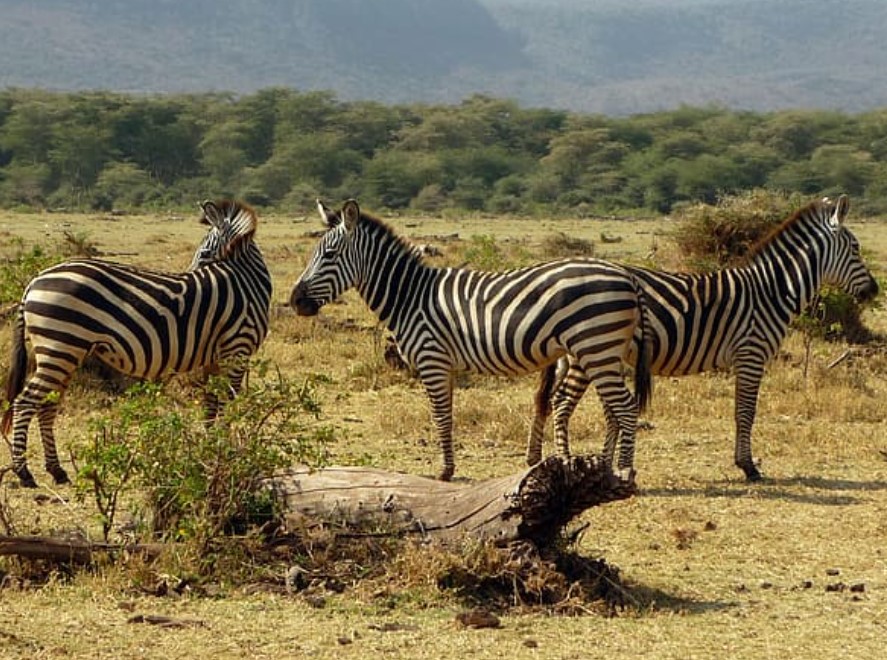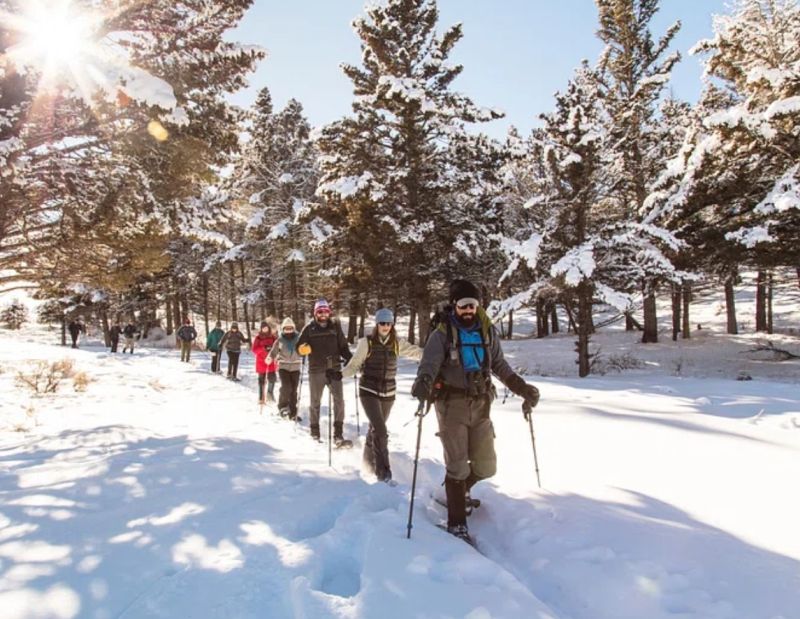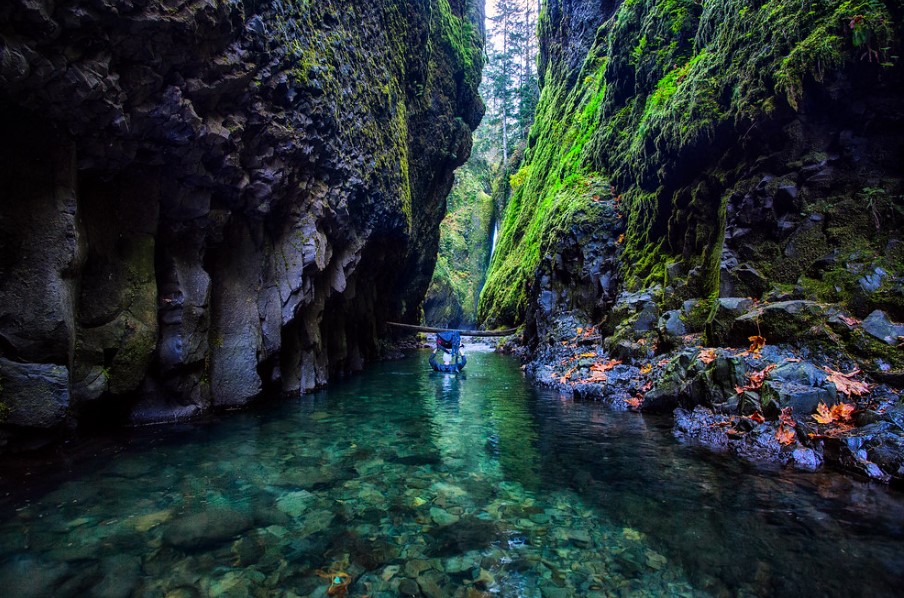/ month
placeholder text
Post List
Editor's Picks
World’s First Heart-Shaped Watermelon
Heart-Shaped Watermelon - Japanese people are so innovative and...
Mysterious Wheel Of Giants is as Old as Stonehenge
The mysterious stone circle Wheel of Giants in the...
Attractive Little Clouds Amusingly Water-Potted Houseplants
In a fanciful twist that takes the great outdoors...
Ignight: Artist Made An Experimental Long Exposure Light
A talented artist Daniel Barreto made an experimental animation...
Ginkgo or Maidenhair Tree (Ginkgo biloba)
Ginkgo or Maidenhair Tree Benefits: the long history of...
Real Multicolored Kernels of Corns
The eye-catching multicolored kernels of corn that seem to...
First Black Tomatoes helps in Fight Cancer
United Kingdom plant nursery has become the first garden...
Don't Miss
Wadi Al-Hitan (Whale Valley) in the Western Desert of Egypt
Wadi Al-Hitan also called Whale Valley, situated in the...
Thrill Seeker, Attempt on Walking a Tightrope
Thrill seeker, always in search of exciting moments, when...
Flying Car – A New Dimension of Personal Freedom
Flying Car - A New Dimension of Personal Freedom....
Inky Cap Mushroom (Coprinopsis atramentaria)
The Inky Cap mushroom, also known as the (Coprinopsis...
Eczema Symptoms, Treatment, and Causes
What is eczema?
Eczema describes an itchy, inflamed skin rash....
Best Real Estate Property Maintenance Tips You Can Ever Find
Best Real Estate Property Maintenance Tips
Data collected in the...
Charismatic Planet © 2024 . All Rights Reserved.

